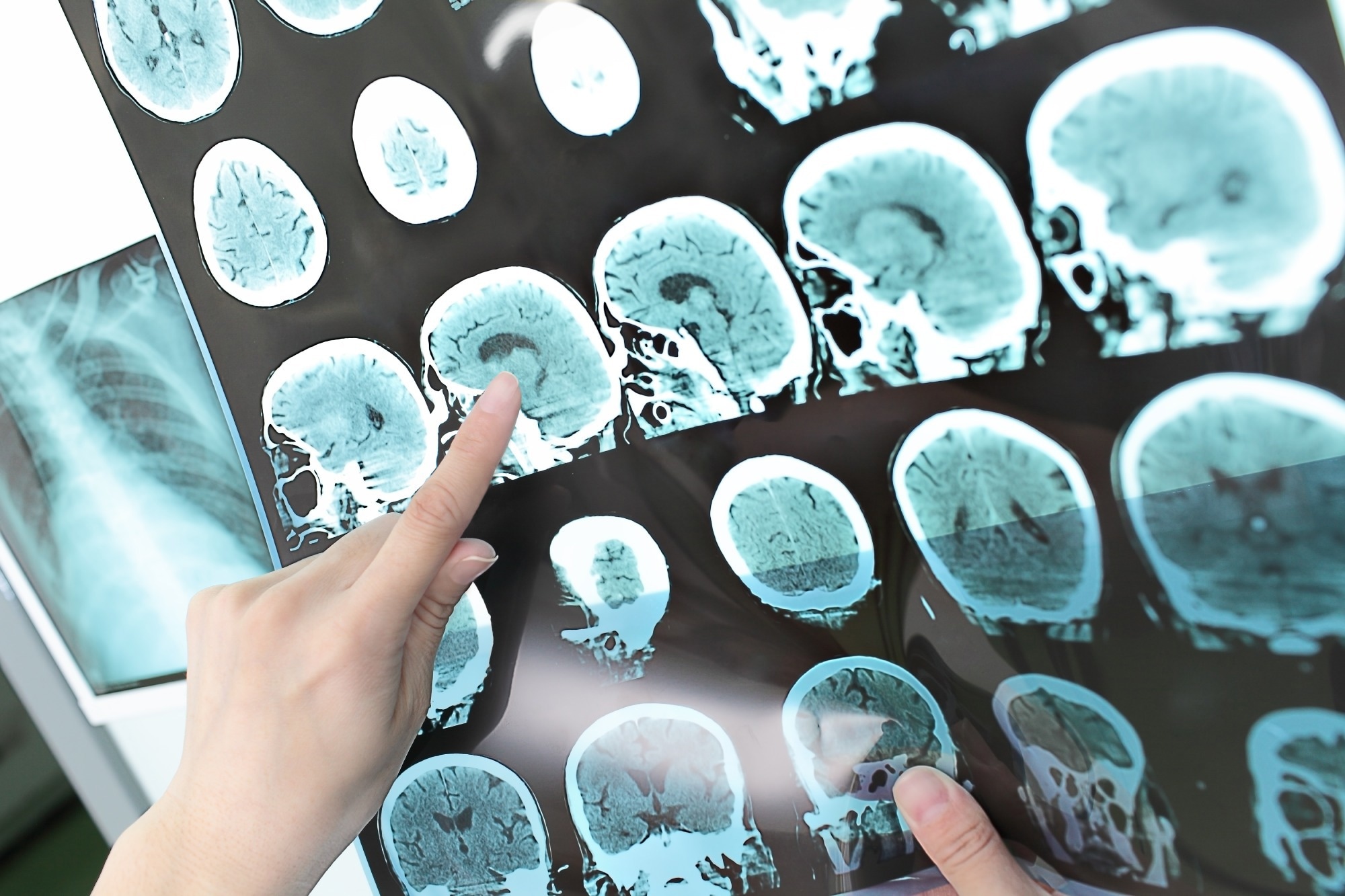In a recent study published in Nature, researchers identified genetic associations of stroke pathogenesis.
 Study: Stroke genetics informs drug discovery and risk prediction across ancestries. Image Credit: sfam_photo/Shutterstock
Study: Stroke genetics informs drug discovery and risk prediction across ancestries. Image Credit: sfam_photo/Shutterstock
Stroke accounts for about 12% of global deaths and is the second leading cause of death. Stroke is primarily caused by cerebral ischemia and, less commonly, by intracerebral hemorrhage (ICH). The main etiological subtypes of cerebral ischemia are cardioembolic stroke (CES), large-artery atherosclerotic stroke (LAS), and small-vessel stroke (SVS).
The frequency of stroke subtypes varies across ancestries, with an increased prevalence of ICH and SVS in Africans and Asians relative to Europeans. Stroke-associated genetic loci have been primarily identified in individuals with European ancestry. The most extensive genome-wide association study (GWAS) meta-analysis (MEGASTROKE) has identified 32 stroke risk loci to date.
The study and findings
In the present study, researchers investigated genetic associations with stroke pathogenesis. The fixed-effect inverse-variance weighted (IVW) GWAS meta-analysis involved 29 population-based cohorts comprising 110,182 stroke patients and 1,503,898 controls. The study population included individuals of the following ancestries – European, East Asian, African American, South Asian, and Hispanic.
Analyses were performed for any ischemic stroke (AIS) irrespective of subtypes, ischemic stroke subtypes (ICH, SVS, CES, LAS), and any stroke (AS). In IVW meta-analyses, more than 7.5 million single-nucleotide polymorphisms (SNPs) were tested for associations with stroke. The researchers identified stroke-associated variants at 60 loci with genome-wide significance, which included 33 new loci.
Most associations for these loci were with AS (48, 22 new) and AIS (48, 18 new). AIS subtypes were unavailable for some cohorts; still, genome-wide significance was reached for seven loci for SVS, eight for CES, and four for LAS. In cross-ancestry meta-analyses, genome-wide significance was reached for 53 loci. Thirty-five loci were genome-wide significant in Europeans, six in East Asians, two in African Americans, and one in South Asians.
Three new genome-wide significant loci were identified for AS in a secondary cross-ancestry GWAS using meta-regression of multi-ancestry genetic association (MR-MEGA). Furthermore, secondary multi-trait analyses of GWASs (MTAG) were conducted in Europeans and East Asians to enhance the statistical power of AIS subtypes by including stroke subtype-correlated traits.
In Europeans, the authors identified 11 additional loci associated with LAS, five with SVS, and three with CES. Overall, 89 (including 61 new) loci were identified as stroke-risk from primary (IVW) and secondary (MTAG and MR-MEGA) analyses.
Versatile gene-based association study 2 (VEGAS2) pathway analysis showed significant enrichment of stroke-risk loci in pathways involved in 1) negative regulation of coagulation, 2) carboxylation of amino-terminal glutamate residues for activation of coagulation-related proteins, and 3) angiopoietin receptor Tie2-mediated signaling.
Next, a three-pronged approach was implemented for genomics-driven drug discovery for stroke prevention/treatment. First, the authors observed significant enrichment using genome for repositioning drugs (GREP) for stroke-associated genes in drug-target genes for blood-forming organs and blood.
Second, using Trans-Phar to assess negative correlations between genetically determined and compound-regulated gene expression profiles, the authors observed negative correlations of GR.32191 (thromboxane A2 receptor antagonist) for CES and BRD.A22514244 (drug target unknown) for SVS. Third, they found causal associations of nine plasma proteins with stroke risk using protein quantitative trait loci (pQTL).
Furthermore, the team investigated if a genetic risk score (GRS) based on risk loci from cross-ancestry IVW meta-analyses of AS could identify individuals at increased risk of AIS by accounting for clinical risk factors in five clinical trials across the cardiometabolic disease spectrum. The primary analysis included 51,288 Europeans; of these, 960 developed AIS over a follow-up of three years. A higher GIGASTROKE GRS was associated with increased AIS risk in Europeans. This association was more robust than that with earlier MEGASTROKE GRS.
Conclusions
The GWAS meta-analyses of more than 1.6 million participants from five distinct ancestries identified 89 risk loci for stroke and stroke subtypes. Sixty loci were identified through primary IVW analyses and 29 through secondary MTAG and MR-MEGA analyses. There was substantial susceptibility to stroke across ancestries. The confidence level for these loci was intermediate/high for 87% of primary-risk loci and 60% for secondary loci.
Using data from five clinical trials involving patients with cardiometabolic disease, the authors demonstrated that a cross-ancestry GRS, independent of clinical risk factors, predicted ischemic stroke. Although the trials primarily involved Europeans, consistent results were noted for smaller East Asian participants. These findings have provided critical insights on stroke pathogenesis to inform future research, tools to predict genetic risk across ancestry, and highlighted potential drug targets for intervention.